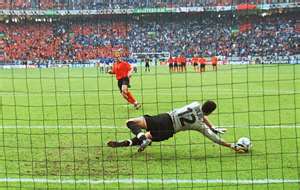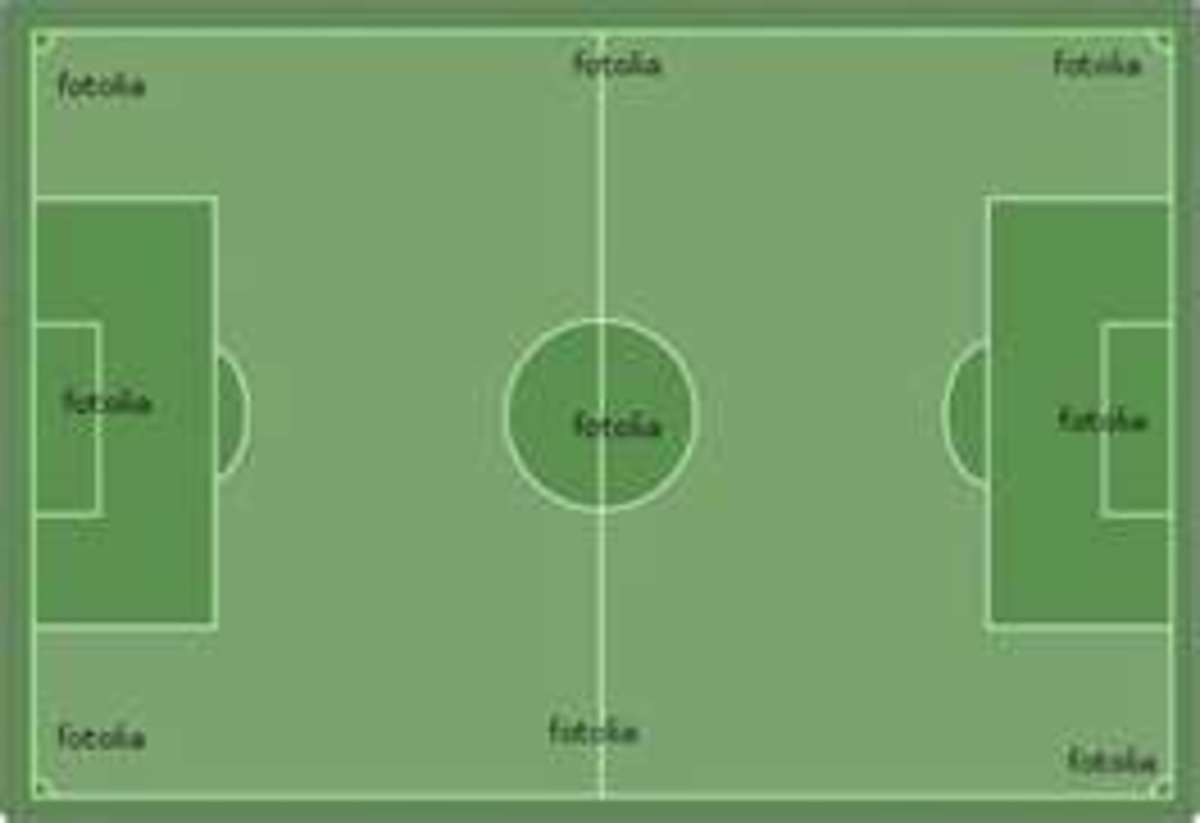Soccer: Approved methods of deciding tied soccer games
Unlike some other sports, association football (soccer) can end in a draw, where both sides score the same number of goals or when neither side score any. In league play, a draw earns a team one point (or the team might say they dropped points as well). However, some football games require an outright winner.
Such games are called knockout or elimination matches. The International Football Association Board (IFAB) currently approves only three methods of deciding tied single-elimination or home-and-away games: away goals, extra time and kicks from the penalty mark.

Kicks from the penalty mark
Any self-respecting association football fan should know the difference between penalty kicks and kicks from the penalty mark. Penalty kicks occur in regulation time as a restart for infringements that take place within the penalty area and are punishable by a direct free kick. Kicks from the penalty mark refer to the method of deciding a tied match at the end of regulation time or extra time – depending on tournament rules.
Before the commencement of kicks from the penalty mark, both teams must have an equal number of players participating. This means that if one team finished regulation or extra time with nine players, and the other has ten, both teams must use nine players. The match referee must choose the end at which the kicks from the penalty mark would be taken. However, the decision concerning which team kicks first or second is made by the captain who wins the coin toss taken immediately before the kicks.
Teams are allowed a maximum of five kicks per side initially, with kicks alternating between teams. Whichever team scores more goals at the end of the regulation five kicks wins the game. However, a team can win with fewer than five kicks if it takes an unassailable lead. For example, if Team A scores their first three kicks and Team B misses their first three, Team A wins the shootout by a margin of 3-0. The last four kicks are not necessary in that case.
The concept of sudden-death is used if teams are tied after each side completed five kicks from the penalty mark. Simply put, if one team misses and the other scores, the game ends with the team that scores winning. It is important to note that no player can take two kicks unless all other players on the team (including the goalkeeper) have taken a kick.

Extra Time
According to FIFA‘s Laws of the Game, extra time “consists of two equal periods, not exceeding 15 minutes, which are played at the end of regulation time.” Extra time itself is like a reduced full game, where the stipulations of Law 8 (Start and Restart of Play) apply.
For instance, either period of extra time commences with a kick-off and teams change the halves they defend at the end of the first period. Currently, teams can score multiple goals in extra time, which is a major change from the previous system. In home-and-away ties where away goals count double, the extra time goals would count towards that.
Away goals
The away-goals rule is where “away goals” count “double” and can only be utilized in a home-and-away playoff where the away-goals rule is sanctioned by the organisers. For example, the CONCACAF Champions League initially used home-and-away playoffs without the away-goals rule; now it employs it. When it is in force, it comes into effect when teams are tied on aggregate after both legs have been played. The team that scored more “away” goals are declared the winner.
For instance, Team X and Team Y are tied 4-4 on aggregate at the end of both legs. The first match at Team A's stadium ended 1-1, but the second match at Team B's stadium ended 3-3.
Using the away goals rule, Team A wins since it scored 3 away goals to Team B’s 1 away goal. Should away goals be equal at the end of regulation time in both legs, extra-time (optional) and/or kicks from the penalty mark will be used.
With the away goals rule, what is important is whether the game is designated a “home” or “away” tie – not where it is played. For example, examine AC Milan plays Inter Milan. Both teams play at the same ground – San Siro. However, if both teams play each other in a home-and-away tie, then one match would be designated a home game for AC Milan and the other game would be Inter Milan’s home game.
Conclusion
Before the three approved methods of decided tied football matches were in effect, a coin toss was employed. However, that has long been discarded. Only in unusual and very rare circumstances would a coin toss be used. In such cases, it would be used after the approved methods have been exhausted and it must be sanctioned by tournament rules.






